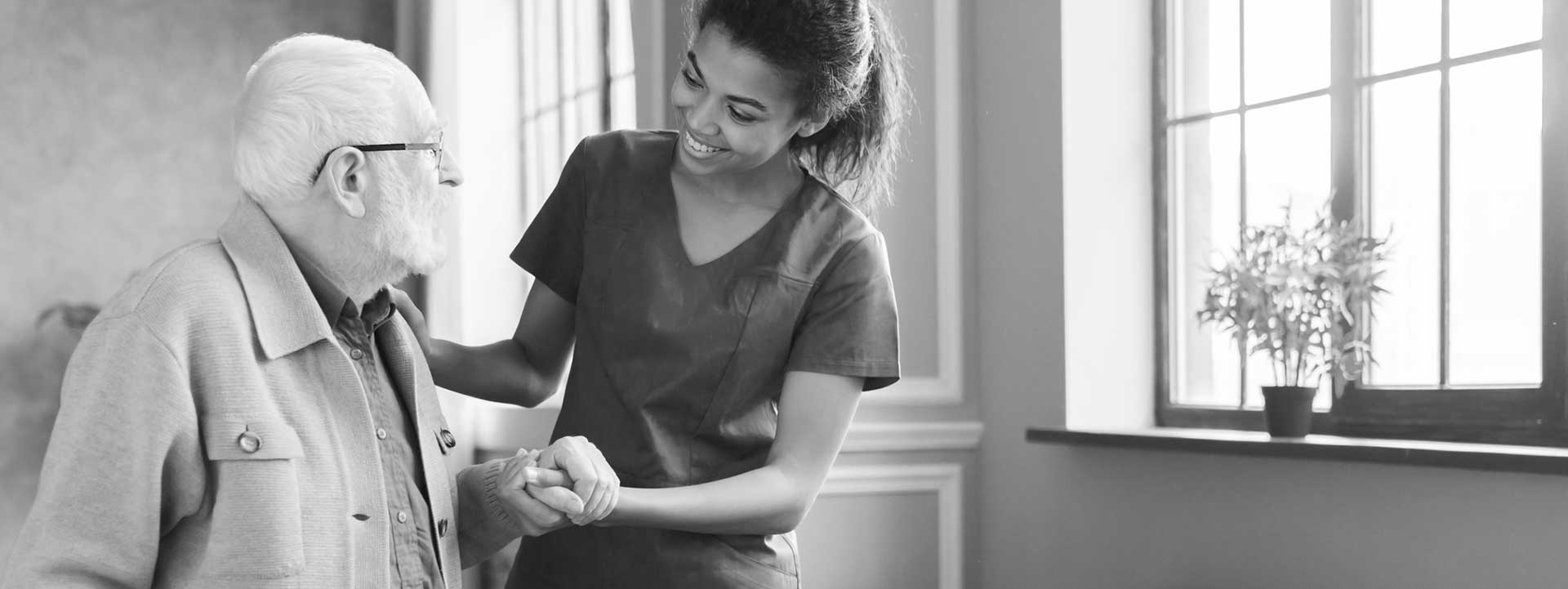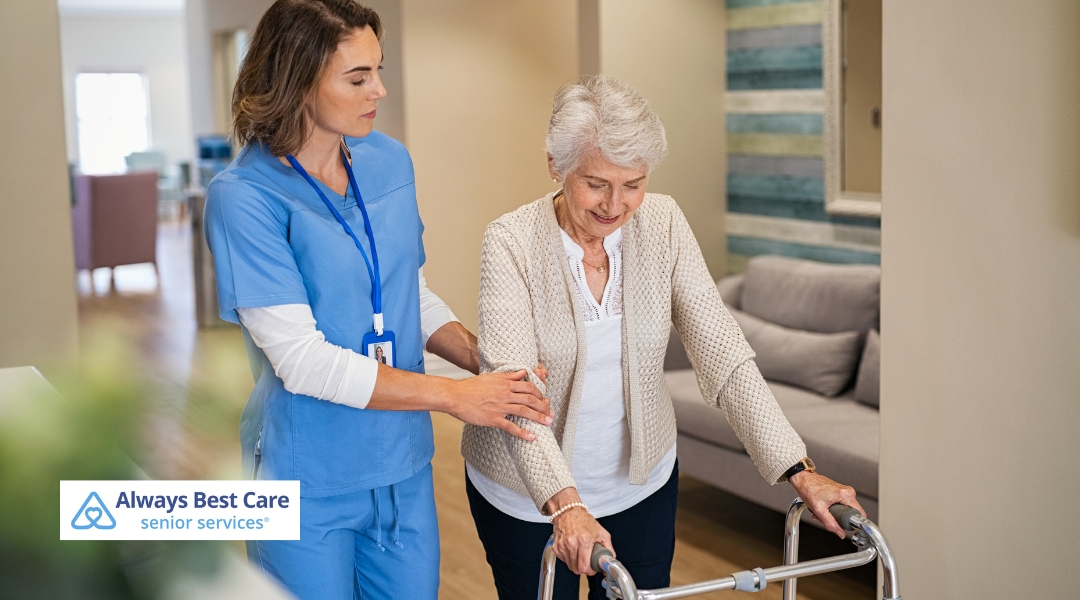9 Commonly Overlooked Fall Risks for Seniors

As our loved ones age, maintaining their safety at home becomes more important than ever.
While some fall hazards are easy to spot, others may go unnoticed, putting seniors at risk. Falls are a leading cause of injury among older adults, but with proper precautions, many can be prevented.
Here are nine fall risks for seniors that you might be missing, along with steps you can take to ensure a safer home environment.
Table of Contents
What are Fall Hazards for Seniors?
Fall hazards are obstacles or conditions that increase the likelihood of slipping, tripping, or falling. These hazards can range from slippery floors to uneven steps or even poor lighting.
It’s easy to overlook them in daily life, but for seniors, fall hazards can lead to severe injuries like broken bones or head trauma. Identifying and addressing these hazards early is key to reducing the risk of falls and keeping your loved ones safe.
1. Poor Lighting: A Common but Overlooked Hazard
Dim or uneven lighting in hallways, staircases, and bedrooms can make it difficult for seniors to see where they’re going, especially at night. Even small steps or thresholds can become dangerous if they’re not properly lit.
Make sure all areas of the home are well-lit and that light switches are easy to reach.
2. Clutter in High-Traffic Areas
Clutter like loose rugs, electrical cords, or furniture in common areas can easily trip up a senior. These obstacles are hazardous in hallways and entryways where people walk frequently.
Keeping these areas clear of unnecessary items can make it easier to move around safely. Consider securing rugs with non-slip pads and keeping walkways free of clutter.
3. Inappropriate Footwear
Not all shoes are created equal when it comes to preventing falls.
Shoes with slippery soles, high heels, or even open-back slippers can increase the risk of falling. Seniors should wear sturdy, well-fitting shoes with non-slip soles. This simple change can make a big difference in reducing falls.
4. Medication Side Effects
Many seniors take medications for various health conditions, and some of these medications can cause side effects like dizziness, drowsiness, or blurred vision. These side effects can make it challenging to stay balanced and alert, increasing the chance of a fall.
Regularly review medications with a healthcare provider to ensure they’re not contributing to fall risks.
5. Unstable Furniture
Wobbly or improperly secured furniture can tip over or move when leaned on, posing a fall risk. This includes chairs, tables, or even decorative pieces that might seem harmless.
Securing furniture to walls or opting for sturdy pieces can help create a safer environment.
6. Lack of Grab Bars in Key Areas
Bathrooms and staircases are some of the most common areas where seniors experience falls.
Installing grab bars near toilets, showers, and staircases can give seniors something sturdy to hold onto for support. These simple additions can go a long way in preventing falls, especially in slippery areas.
7. Vision Impairments
As vision changes with age, seniors may have trouble seeing obstacles in their path.
Regular eye check-ups can help keep vision sharp, but in the meantime, it’s essential to ensure that floors are free of hazards and that frequently used items are within easy reach. Clear contrasts between steps and floors can also make it easier to navigate safely.
8. Uneven Flooring
Uneven surfaces such as raised floorboards, thresholds, or loose tiles can easily cause seniors to trip. Even outdoor areas like cracked sidewalks or uneven pavement can pose a hazard.
Inspect the flooring throughout the home and make necessary repairs to create a more even surface.
9. Pets Underfoot
While pets are wonderful companions, they can sometimes get underfoot and cause accidental trips or falls. Seniors may not see a small dog or cat walking near their feet, especially if they move quickly.
Training pets to stay out of walkways or using gates to keep them in certain areas can help minimize this risk.
7 Benefits of a Safe Home Environment for Seniors
Promotes Independence
A safe home enables seniors to carry out daily activities confidently, reducing the need for constant assistance. It helps them maintain independence longer by minimizing the risk of falls during routine tasks.
Reduces Fall-Related Injuries
By addressing hazards like loose rugs or slippery floors, the risk of serious injuries such as fractures or head trauma is significantly reduced, preventing long-term disability and promoting overall safety.
Provides Peace of Mind for Families
A secure environment reduces the worry for families, knowing their loved ones are safer from preventable accidents. It provides reassurance that seniors can move around their homes with fewer risks.
Encourages Mobility and Confidence
Seniors feel more confident moving about when hazards are removed, helping them maintain mobility and physical health. This helps prevent muscle weakness and loss of balance from inactivity.
Reduces the Risk of Hospitalization
Preventing falls at home lowers the chances of hospital visits, emergency care, and long recovery periods. This helps seniors stay healthier and avoid the strain of frequent medical interventions.
Supports Mental Well-Being
Seniors feel less stressed and anxious, knowing their living space is safe. A hazard-free home promotes a sense of security, positively impacting their mental and emotional well-being.
Helps Seniors Age in Place
A safe home allows seniors to stay in their familiar surroundings longer, reducing the need for assisted living or nursing homes. Simple adjustments make aging in place a more viable option.
Take the Next Step in Ensuring Your Loved One’s Safety with Always Best Care of Oakville!
At Always Best Care of Oakville, we understand the importance of creating a safe home for seniors. Our team offers in-home assessments to identify fall hazards and recommend improvements, such as installing grab bars or rearranging furniture. We also provide personalized care plans that address mobility and daily living needs, ensuring that your loved ones can live comfortably and securely in their own homes.
Contact Always Best Care of Oakville at (647) 931-7778 to learn more and schedule your free consultation.





